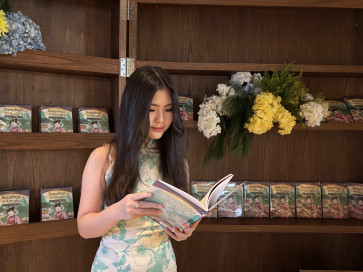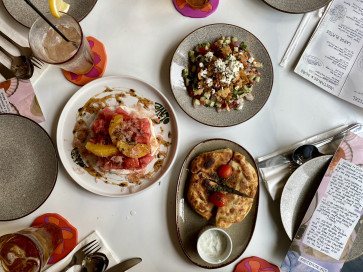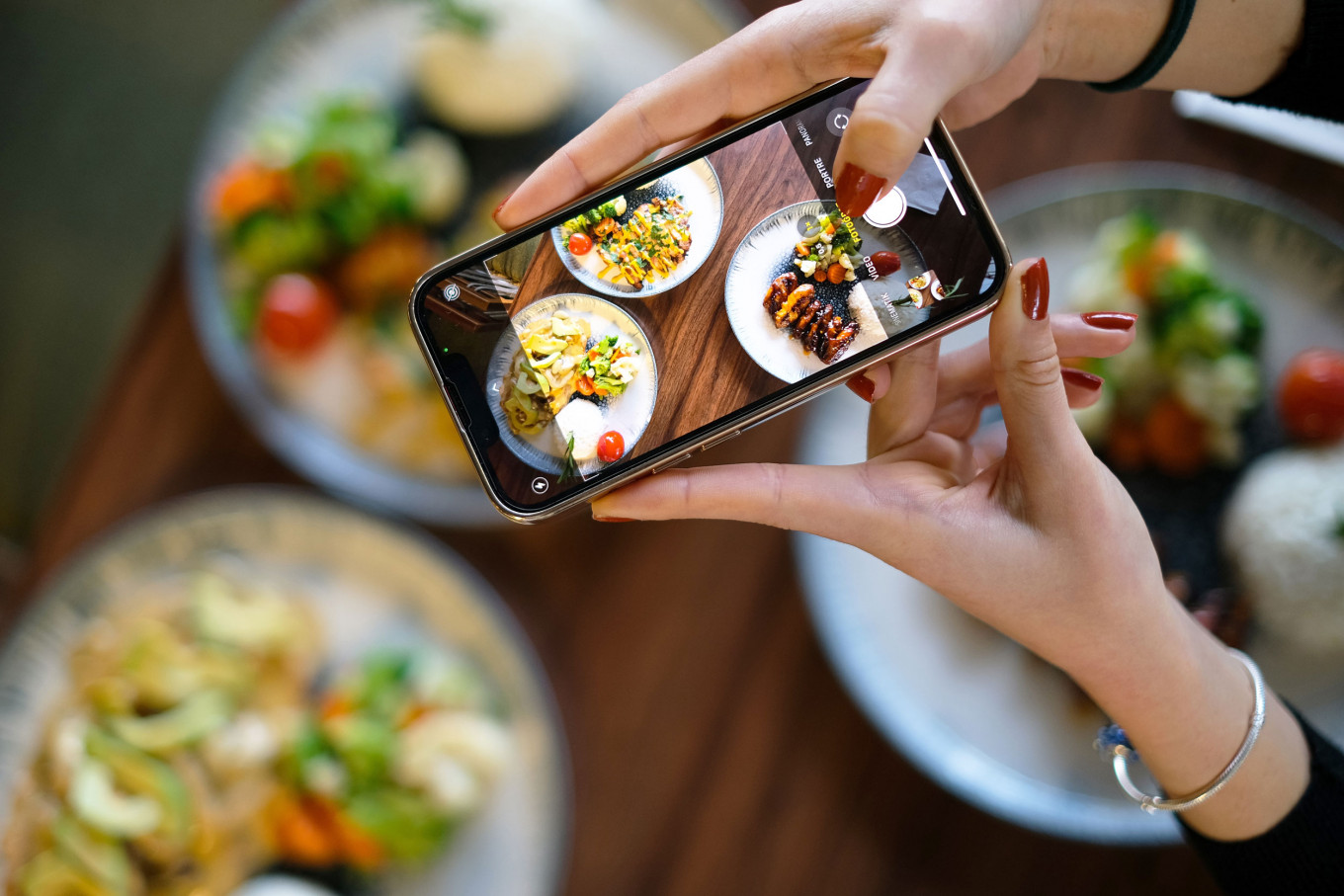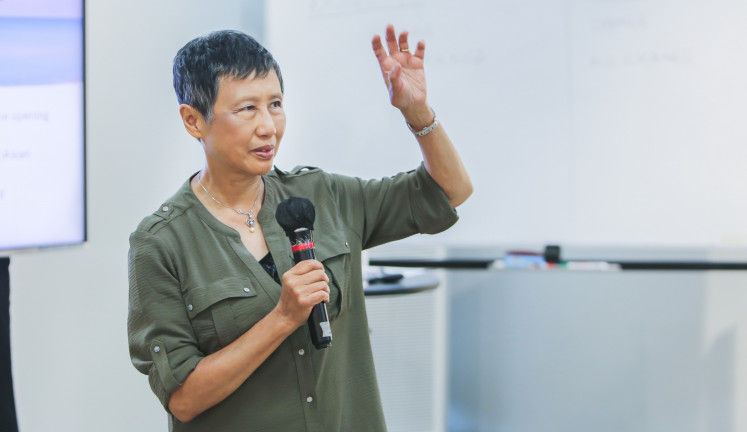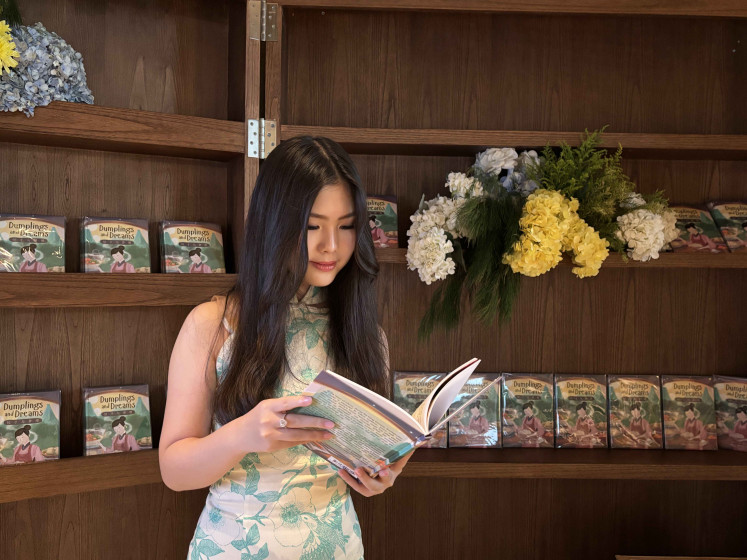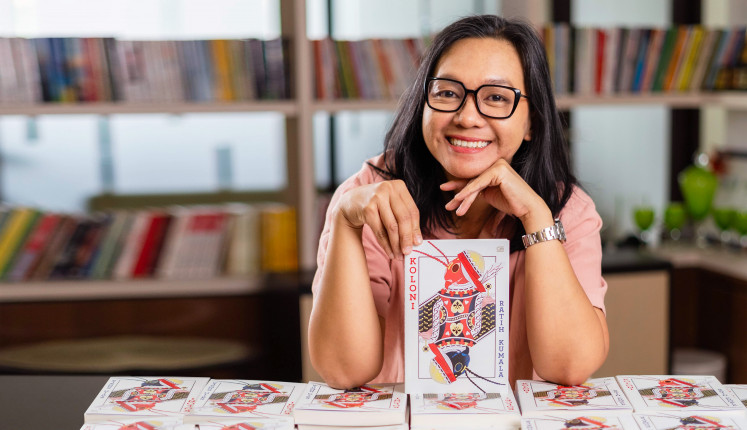(Courtesy of Shutterstock)
After paying for a satisfying meal of roast duck with a side of crispy fried kai lan (Chinese broccoli) at a Chinese restaurant in South Jakarta, my waiter asked how I learned about the eatery.
“Oh, I saw a review on Instagram,” I replied.
It then dawned on me that I had tried out quite a few new culinary spots based on social media posts, and I don’t think I’m alone in this.
These days, it's almost second nature to share culinary content with friends and family on platforms like Instagram and TikTok, as if asking them, “Hey, do you want to go eat here with me?”
This got me wondering about the world behind the appetite-inducing posts and reels that social media algorithms feed us, and how much influence they have in driving diners to dining outlets.
I found that in Jakarta’s ever-evolving culinary scene, a relatively new type of influencer is garnering growing attention from restaurants and netizens alike.

Thank you!
For signing up to our newsletter.
Please check your email for your newsletter subscription.
From macro to nano
“That truly is the reality,” says Annisa Gita, the brand marketing head of Lucy Group, about the large role influencers played in its operations.
The group is famous for its chic Lucy in the Sky rooftop bars and more recently, its community hub spaces called Lucy Curated Compound.
“Depending on the type of relationship these influencers have with their audience, they can indeed get people to come to places,” Annisa explains.
Lucy Group marketing officer Tito Rachman adds that the type of relationship varied depending on the size of an influencer’s account.
The macro influencers, so called because their followers number in the hundreds of thousands or millions, cast a wide net of exposure. However, their audiences might not have a strong connection to them in terms of similar tastes.
On the other end of the spectrum are nano and micro influencers, respectively defined as those with less than 10,000 followers and those with 10,000-50,000 followers.
What Lucy Group has noticed is that these influencers with smaller accounts have a more personal dynamic with their followers, who resonate strongly with their food recommendations.
“It also depends on which influencers fit with our brand identity, because their followers will connect similarly with us and be more likely to visit,” Annisa says.
Read also: Waves, Wi-Fi and work: Into the Nomadland of Canggu
Authentic ties
Their strong connection with followers is something that both nano and micro influencers are keenly aware of and are keen to protect.
“I look for places based on what interests me, because I think my followers are into the same things I am,” says Clarisa, who manages the @productiveaty Instagram account.
Created just in 2021 out of pandemic boredom, her meticulously designed feed now has over 26,000 followers.
“Why did they follow me in the first place? Because they trust my taste. By sticking to what I genuinely like, I keep my content authentic and engaging for them,” she says.
Another micro influencer, Josephine of @thequarantini.eats, adheres to the same principle: “I conduct research with [my followers] in mind, but what they like is most likely what I like.”
Her audience of over 11,000 followers on Instagram “has become a sort of community”, she adds. “It’s like they're my friends. They reach out to me for recommendations. and they also give me recommendations.”
In the gastronomic world, where taste is extremely subjective, the rise of nano and micro influencers was perhaps inevitable.
“It’s a completely personalized experience now, with so many different foodies online. People often forget that eating food is an individual experience. I can love one dish but you might think it's way too salty, and that’s OK!” Josephine emphasizes.
Careful curation
It seems to take a bit more work than just eating what you want and posting what you think of it.
To find their next subject, both Clarisa and Josephine scour social media to look for eye-catching establishments and scan countless menus to scout for interesting dishes. Stella, who runs the @foodiary.jkt Instagram account, goes on a “treasure hunt” on Google Maps.
When it comes to their actual reviews, they all use a self-made rating system.
Josephine uses a 10-point scale focusing on the overall taste and experience, including aesthetics and service. “Food is subjective, but the least that I can do is minimize the subjectivity and sort of quantify it,” she says.
Stella uses a rating scale from 1 to 5, starting with logistics. “I know it’s a small detail, but it’s important. Whether it’s accessible by car, motorcycle, or on foot, people want to know so they won’t have any trouble [getting to a restaurant],” she explains.
She then rates an eatery on how comfortable it is, its service and menu variety, before finally evaluating the food. “I do it this way because I think everything is important,” says Stella. “But to me, the most important aspect when reviewing food is, well, the food itself.”
Clarisa also considers prices in her review process but for her, the deciding factor is the quality of the food: If it tastes amazing, then that’s where the bulk of her scoring goes.
As Jakarta's culinary scene continues to evolve, it's clear that the role of nano and micro influencers is growing stronger.
In a world where individual tastes reign supreme, their real impact is reflected in not just the number of followers, but the trust and engagement they cultivate, one delicious post at a time.
Read also: Experience a fiery culinary journey at Charkoal
This article is part of The Weekender, a biweekly tabloid that appears in the Saturday edition of The Jakarta Post. Offering a variety of feature articles on lifestyle and culture, it aims to enriching your reading experience. Subscribe here to access The Jakarta Post's Saturday edition and all Premium content.







